PHYSICS BEHIND RUBBER TRIBOLOGY
- By 0
- May 04, 2020
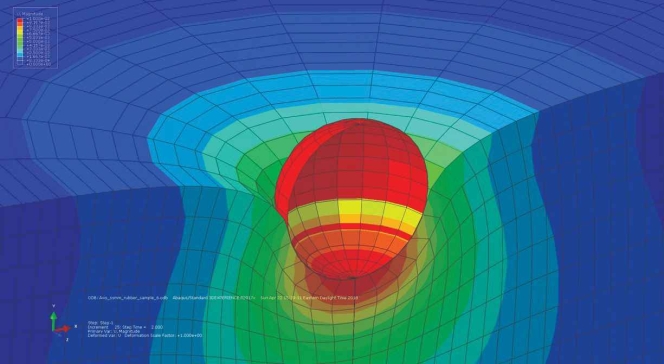
By Sunish Vadakkeveetil, Mehran Shams Kondori, and Saied Taheri
Center for Tire Research (CenTiRe), Virginia Tech


Rubber, mainly because of its viscous nature, is a widely used material for most contact applications such as, seals, tyres, footwear, wiper blades, bushings etc. The material possesses the property of both a liquid (viscous) and a solid (elastic). Hence, rubber frictional losses at the contact interface is classified into three mechanisms as shown in Figure 1. Hysteresis (μ_hys ) – Energy dissipated due to internal damping of rubber caused by undulation in the surface. Adhesion (μ_adh ) – Due to intermolecular or Vander Waals attraction at the contact interface. It vanishes in the presence of contaminants or lubricants on the surface. Viscous (μ_visc ) – Due to hydrodynamic resistance caused by the fluid in the contact interface. It mainly occurs under the presence of lubricant or fluid in between the contact interface.




Friction as a concept has evolved, as shown in Figure 2 from a simple empirical relation, developed by Amonton’s (1699) and Columb (1785) to more complex representations by considering these different mechanisms of friction. Initial experimental observations by Bowden and Tabor [1] observed the microscopic behaviour of the contact and obtained that the real area of contact is only a part of the nominal contact area. Grosch & Schallamach [2] performed experimental observation to determine the influential factors and obtain a relation between temperature and velocity-dependent friction to frequency-dependent viscoelastic behaviour. Savkoor[3] considers the frictional losses due to adhesive mechanism at the contact interface using a rudimentary theory where the interaction is considered as a series of processes from the growth of contact area in the initial stage to initiation and propagation of crack in the final stage.
Heinrich [4] developed an analytical representation to estimate the hysteretic component of friction by considering the energy losses at the contact interface to the internal damping of rubber from the undulations of the surface. The energy loss thus obtained is related to the frictional shear stress by the energy relation given by Eq. (2).
ΔE=∫d^3 x dt u ̇ . σ (1)
σ_f=ΔE/(A_0 v t) (2)
Persson and Klüppel [5] extended the theory to consider the effect of the surface roughness by assuming the surface to behave as a fractal nature and obtaining the total energy loss being the sum over the different length scales. Klüppel considers the GW theory to consider the contact mechanics where Persson developed a stochastic based contact mechanics theory assuming the rubber deformations to follow the surface asperities, the results are as shown in Figure 3. To consider the actual deformation profile of rubber, an affine transformation approach [6] is considered to obtain the actual deformation of rubber contact. The results are as shown in Figure 4.


In addition to analytical methods, computational approaches are also considered to estimate deformation behaviour of a rubber block on a rough substrate (Figure 5). The numerical model [7] is validated using indentation experiment and compared against a single asperity model as shown in Figure 6. This is later being extended to obtain friction and wear characteristics of rubber at the contact interface by considering the deformations at the contact interface and obtaining the frictional force [5], [8].



Figure 6: FE Model Of Single Asperity Model & Comparison Of Results With Experimental & Analytical Approach
Wear is mainly due to the frictional shear stress generated at the contact interface leads to energy dissipation at the rubber – substrate contact interface that is either transformed into heat or responsible for crack initiation and propagation eventually leading to material removal. The major contribution of the wear occurs either due to the interaction of smooth asperity and rubber surface (adhesive wear), Figure 7 (a) instantaneous tearing of rubber by sharp asperities (abrasive wear), Figure 7 (b) or due to repeated cyclic contact stress (fatigue wear, Figure 7 (c)).
Due to the importance and complexity of the wear problem, it has been a vital topic of interest studied by many researchers [2]. Numerical techniques and empirical approaches have seen their light in the midst of the expensive and cumbersome experimental observations [9], [10]. Archard’s law states that “the volume rate of wear (W) is proportional to the work done by the frictional forces” as given by Eq. (3), where τ_f is the frictional shear stress and v is sliding velocity.
W∝τ_f v (3)




In the case of road surfaces, the removal of rubber particles can be considered as a process of nucleation and propagation of crack like defects until it is detached to form a wear particle, as shown in Figure 8. Based on this mechanism of crack propagation, a physics-based theory assuming the crack propagates (Figure 9 & Figure 10) from already present defects or voids on the rubber surface was considered and then later compared with experimental methods performed using Dynamic Friction Tester (Figure 11) [6], [11], [12]. Future studies are being performed using analytical and computational approached to estimate the wear characteristics of a rubber material considering damage mechanics [8] and crack propagation theory considering the effect of surface roughness. An experimental technique is also being developed based on the Leonardo Da Vinci concept to experimental test the friction and wear characteristics of a rubber block under pure sliding.
References:
[1] D. Bowden, F. P., & Tabor, The friction and lubrication of solids. Oxford university press., 2001.
[2] A. Gent and J. Walter, The Pneumatic Tire, no. February. 2006.
[3] A. R. Savkoor, “Dry adhesive friction of elastomers: a study of the fundamental mechanical aspects,” 1987.
[4] H. Gert, “Hysteresis friction of sliding rubber on rough and fractal surfaces,” Pochvozn. i Agrokhimiya, vol. 25, no. 5, pp. 62–68, 1990.
[5] S. Vadakkeveetil, “Analytical Modeling for Sliding Friction of Rubber-Road Contact,” Virginia Tech, 2017.
[6] A. Emami and S. Taheri, “Investigation on Physics-based Multi-scale Modeling of Contact, Friction, and Wear in Viscoelastic Materials with Application in Rubber Compounds,” Virginia Tech, 2018.
[7] S. Vadakkeveetil, A. Nouri, and S. Taheri, “Comparison of Analytical Model for Contact Mechanics Parameters with Numerical Analysis and Experimental Results,” Tire Sci. Technol., p. tire.19.180198, May 2019.
[8] S. Vadakkeveetil and S. Taheri, “MULTI – LENGTH SCALE MODELING OF RUBBER TRIBOLOGY FOR TIRE APPLICATIONS,” Virginia Tech, 2019.
[9] K. R. Smith, R. H. Kennedy, and S. B. Knisley, “Prediction of Tire Profile Wear by Steady-state FEM,” Tire Sci. Technol., vol. 36, no. 4, pp. 290–303, 2008.
[10] B. W. and R. N. D. Stalnaker, J. Turner, D.Parekh, “Indoor Simulation of Tire Wear: Some Case Studies,” Tire Sci. Technol., vol. 24, no. 2, pp. 94–118, 1996.
[11] A. Emami, S. Khaleghian, C. Su, and S. Taheri, “Comparison of multiscale analytical model of friction and wear of viscoelastic materials with experiments,” in ASME International Mechanical Engineering Congress and Exposition, Proceedings (IMECE), 2017, vol. 9.
[12] M. Motamedi, C. Su, M. Craft, S. Taheri, and C. Sandu, “Development of a Laboratory Based Dynamic Friction Tester,” in ISTVS 7th Americas Regional Conference, 2013.
Perpetuus Unveils Commercially Viable Replacement For Toxic 6PPD
- By TT News
- November 20, 2025
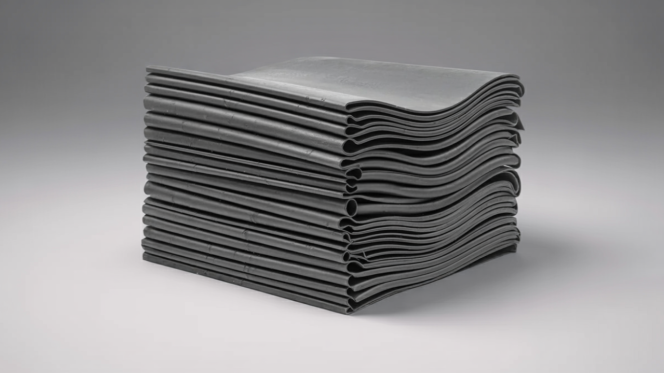
In a significant development for environmental science and the rubber industry, Perpetuus Advanced Materials has announced a viable solution for eliminating 6PPD-quinone, a highly toxic byproduct of 6PPD, a chemical commonly used in tyres and synthetic rubbers. This breakthrough is particularly urgent given the established link between 6PPD-quinone and acute mortality in coho salmon, a crisis identified in 2020 that has since spurred global regulatory concern. The company’s innovation provides both a direct manufacturing replacement and a method for environmental remediation.
The core of the solution is an amine functionalised graphene masterbatch, engineered using the company's proprietary plasma-functionalised graphene nanoplatelets. This advanced material operates through a novel mechanism where the amine groups act as radical scavengers, effectively stabilising the rubber and rendering the use of 6PPD entirely obsolete. By preventing the formation of the toxic 6PPD-quinone at its source, this technology addresses the root cause of the pollution. The masterbatches are supplied as pre-mixed sheets or blocks, allowing for straightforward integration into existing manufacturing processes for tyres and a wide array of other synthetic rubber products, including hoses, seals and industrial belts, without requiring any operational changes.
To tackle the existing environmental contamination, Perpetuus has concurrently developed a suite of modular filtration systems designed for stormwater management. These units, which include drain cartridges and bioreactor modules, utilise graphene nanoplatelets to capture pollutants. They are enhanced by a proprietary artificial intelligence platform that provides real-time monitoring of filter saturation and pollutant levels, offering a critical tool for protecting vulnerable waterways and urban runoff zones during the transition to reformed tyres.
Produced on a continuous plasma platform ensuring consistent quality, the masterbatch not only replaces 6PPD but also consolidates numerous other mix ingredients and additives, thereby simplifying production and improving workplace air quality. With over 10 years of specialisation in graphene-enhanced elastomers, Perpetuus is now actively pursuing regulatory approvals and industrial partnerships to accelerate the widespread adoption of this comprehensive environmental solution.
John Buckland, CEO, Perpetuus, said, “This is no longer about mitigation. We’ve replaced 6PPD. Our amine functionalised GNPs deliver the same anti-degradant function as 6PPD but with zero toxic quinone by-products. This isn’t theory. It works in formulation and scales now. This isn't a patch; it’s a permanent replacement. By removing 6PPD at the source, we remove the risk of 6PPD-Q entirely. The science is proven. The solution is scalable. The environmental need is urgent. The only question left is whether regulators and manufacturers are ready to act. This is the moment to eliminate 6PPD for good and replace it with something better.”
Bekaert And EMSTEEL Partner For Sustainable Steel Solutions
- By TT News
- November 20, 2025
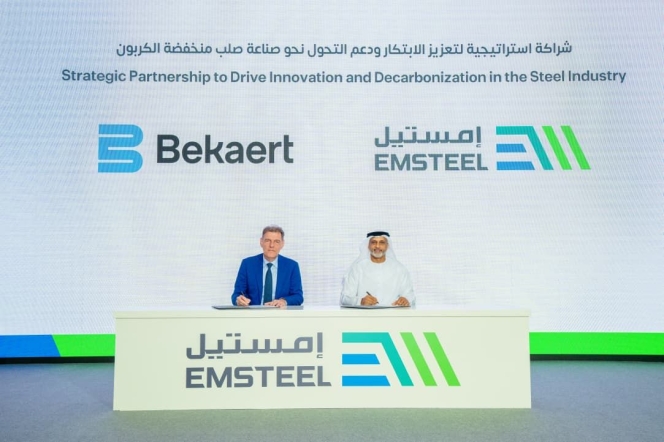
Bekaert and EMSTEEL have forged a strategic partnership centred on the manufacturing and commercialisation of high-value, sustainable steel products utilising steel produced within the UAE by EMSTEEL. The agreement was formally signed at the Middle East Iron & Steel Conference & Exhibition in Dubai, with senior leadership from both organisations in attendance, including Group CEOs Engineer Saeed Ghumran Al Remeithi of EMSTEEL and Yves Kerstens of Bekaert.
The alliance will see the two companies extend their cooperation into several key areas. A major component involves technical collaboration, where Bekaert will provide its expertise and offtake intention to support EMSTEEL's strategic initiative to upgrade and substantially expand its wire rod product portfolio in the near future. Furthermore, the partners will jointly assess opportunities for downstream investments. These potential investments are designed to allow EMSTEEL to diversify its offerings with more advanced, value-added products. For Bekaert, this creates a pathway to manufacture its renowned Dramix steel fibre reinforced concrete solutions using locally sourced UAE steel.
A shared objective of this partnership is to actively promote the advantages of sustainable construction materials and solutions throughout the Gulf Cooperation Council markets, leveraging EMSTEEL's position as the UAE's largest steel manufacturer and Bekaert's global leadership in steel wire transformation and coating technologies.
Yves Kerstens, Group CEO, Bekaert, said, “Today’s MoU is intended to serve various ambitions we have in common with EMSTEEL. This includes focused strategy execution in a region with vast growth opportunities, a strong innovation drive and explicit sustainability excellence.”
Engineer Saeed Ghumran Al Remeithi, Group CEO, EMSTEEL, said “This agreement reflects EMSTEEL’s commitment to advancing the capabilities and global reach of UAE-made steel. By combining our manufacturing strength and sustainability leadership with Bekaert’s world-class expertise in material science and advanced steel solutions, we are creating new pathways for innovation, value creation and low-carbon growth.”
Solvay And Sapio Join Hands For Renewable Hydrogen Project
- By TT News
- November 20, 2025
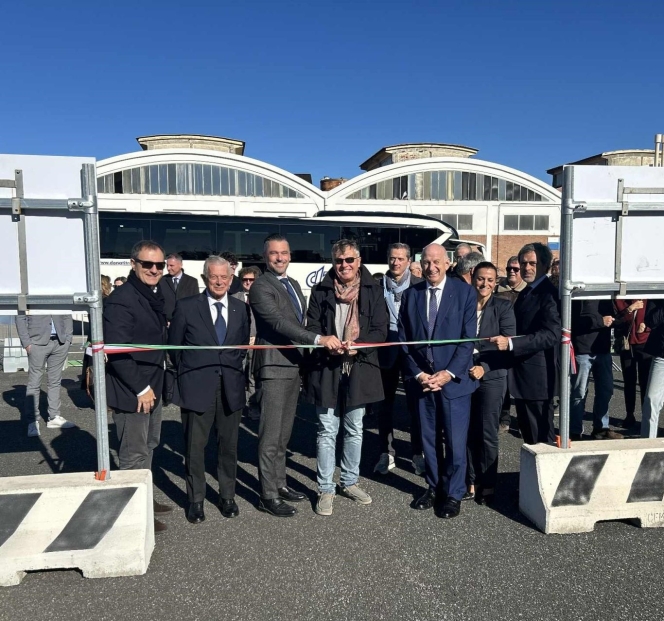
In a long-term strategic partnership, Solvay and Sapio have committed to a 10-year agreement to advance renewable hydrogen production at Solvay's Rosignano plant. This collaboration – a central pillar of the Hydrogen Valley Rosignano Project aimed at cutting CO2 emissions from Solvay’s peroxides operations – will see Sapio responsible for building and managing a 5 MW electrolysis unit. The required power will be sourced from a new 10 MW photovoltaic installation that Solvay will construct on-site.
With operations scheduled to commence by mid-2026, the project is expected to yield up to 756 tonnes of renewable hydrogen annually. This green hydrogen will be directly used in Solvay's manufacturing of peroxides, essential chemicals for the electronics, water treatment, and solar panel industries. The initiative has secured EUR 16 million in funding allocated by the Tuscan Region through Italy's National Recovery and Resilience Plan (PNRR). This decade-long effort is projected to reduce the site's carbon dioxide emissions by as much as 15 percent, marking a substantial step towards more sustainable industrial processes. The partnership's launch was officially celebrated with a groundbreaking ceremony on 18 November 2025.
Carlos Silveira, President of Solvay’s Peroxides business, said, “Our partnership with Sapio represents a good example in how we enhance our global peroxide operations. This project is a key part of our broader strategy to support essential industries – from electronics and water treatment to energy and food safety – with more sustainable solutions.”
Alberto Dossi, President of the Sapio Group and H2IT, said, "The launch of this important project for the production of renewable hydrogen represents a major step forward in the development of the entire hydrogen value chain. With H2IT, we have set ourselves the goal of creating a collaborative ecosystem in which industry, research, policy and local communities work together for a cleaner and more sustainable future. With this collaboration, Sapio is actively contributing to building a cleaner and more sustainable world."
Mario Paterlini, CEO, Sapio Group, said, "We are extremely proud of our collaboration with Solvay: this project, funded by the National Recovery and Resilience Plan (NRRP), is concrete proof that companies can truly contribute to the decarbonisation of the planet and the growth of our country. In a world of great uncertainty like the current one, it is essential to join forces and be a point of reference for the entire ecosystem."
- Cabot Corporation
- LITX 95F Conductive Carbon
- Energy Storage Systems
- China International Import Expo
- CIIE
Cabot’s LITX 95F Conductive Carbon Honoured At CIIE
- By TT News
- November 20, 2025
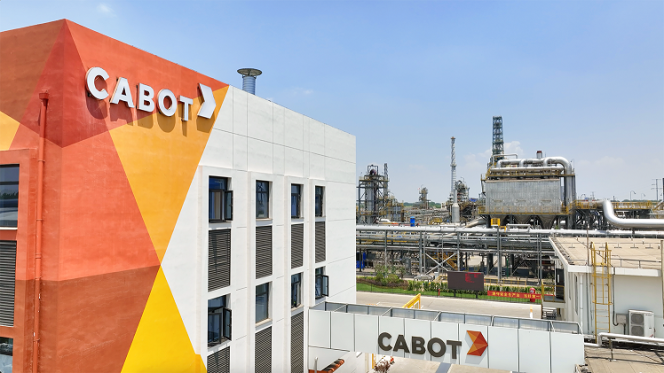
Cabot Corporation earned a significant honour for its advanced battery material innovation at the 8th China International Import Expo (CIIE), a premier global trade fair held in Shanghai. The company’s LITX 95F conductive carbon, a key component engineered to enhance the performance and longevity of lithium-ion batteries in energy storage systems (ESS), was distinguished among the ‘Top 10 Exhibits of 2025’. This esteemed accolade was presented during the ‘Brands Bring a Better Future for the World’ Global Forum, which focuses on brand equity and sustainable development.
The CIIE, which hosted participants from 155 countries and over 4,100 companies this year, presents this honour to brands that support sustainable and high-quality economic development. Cabot’s product is notably the first from the speciality chemicals and performance materials sector to receive this award, solidifying the company's leadership in creating advanced materials. This achievement highlights Cabot's pivotal role in enabling the next generation of clean energy technologies and providing high-performance solutions that are critical for a more efficient and sustainable energy future.
Jeff Zhu, Executive Vice President and President, Carbon & Silica Technologies, Battery Materials and Asia Pacific region, said, “We are honoured that our LITX® 95F conductive carbon has been recognised among the top exhibits at CIIE. This award affirms Cabot’s commitment to driving innovation in conductive additives that power the global energy transition. Our battery materials solutions are helping accelerate the adoption of cleaner, more efficient energy storage solutions.”
Patrick Kelly, Vice President – Global Marketing and Strategy, Battery Materials, said, “We are thrilled to see our LITX® 95F product recognised on a global stage as it reflects the impact of our technology on the rapidly expanding ESS industry. This product enables more reliable and efficient energy storage systems and supports the growing demand for clean energy as well as the increasing ESS needs driven by the expansion of AI and data centres around the world. This recognition reflects both our technological leadership and our commitment to innovation in a rapidly evolving industry.”


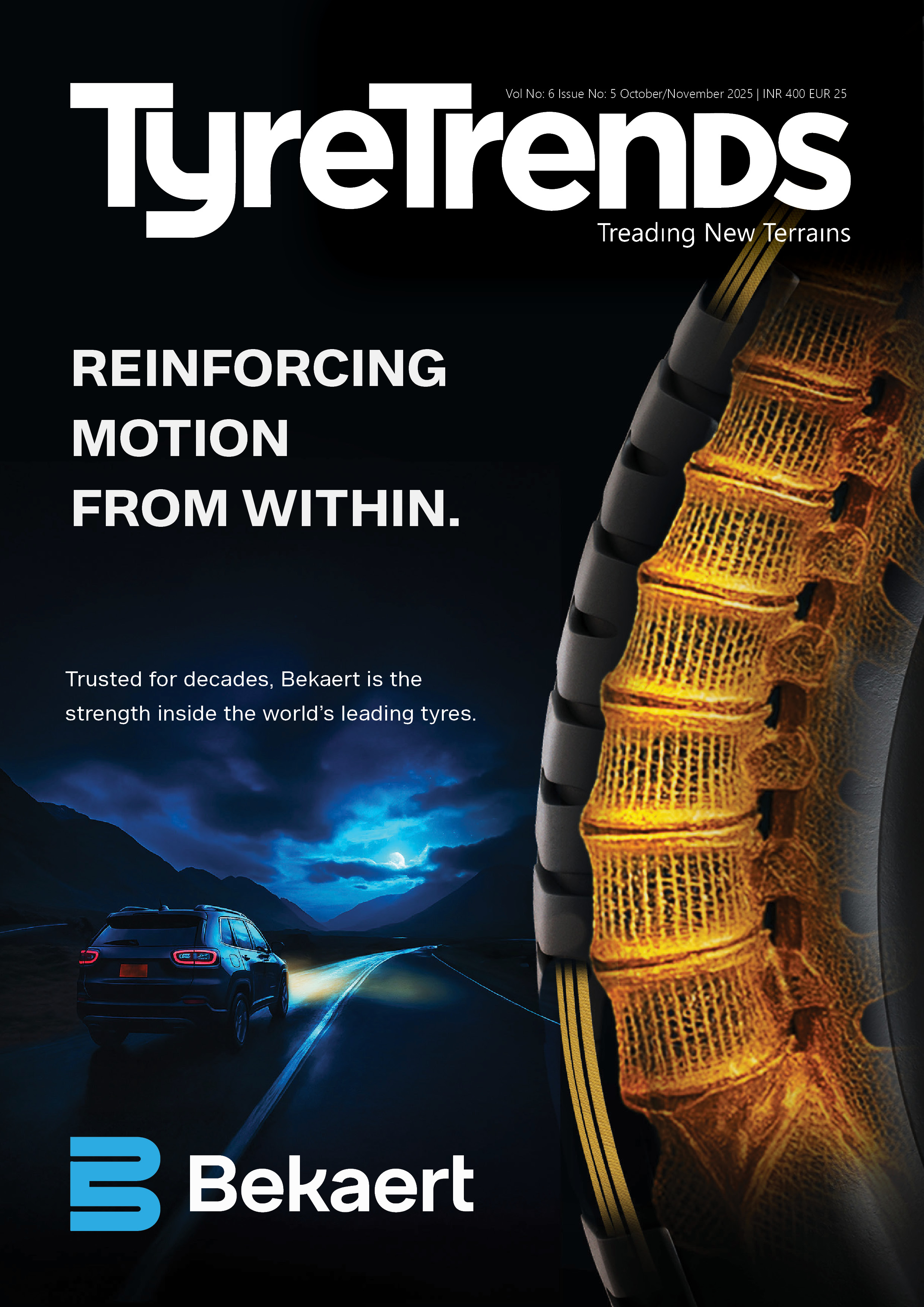




Comments (0)
ADD COMMENT